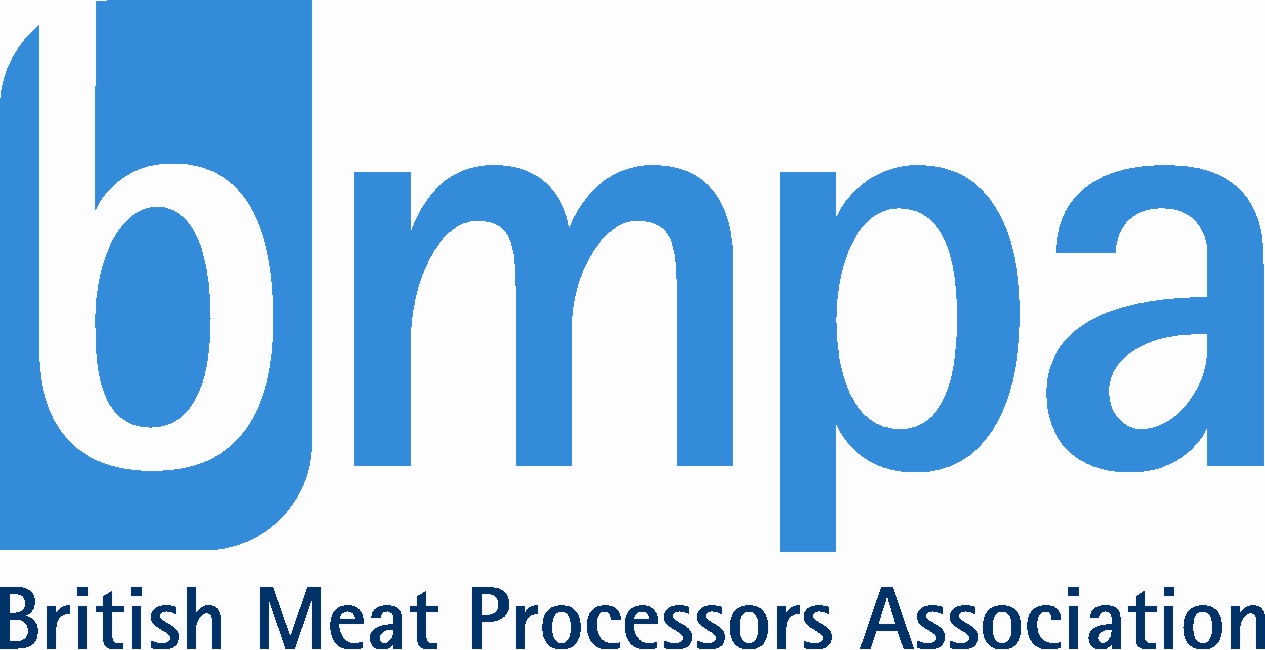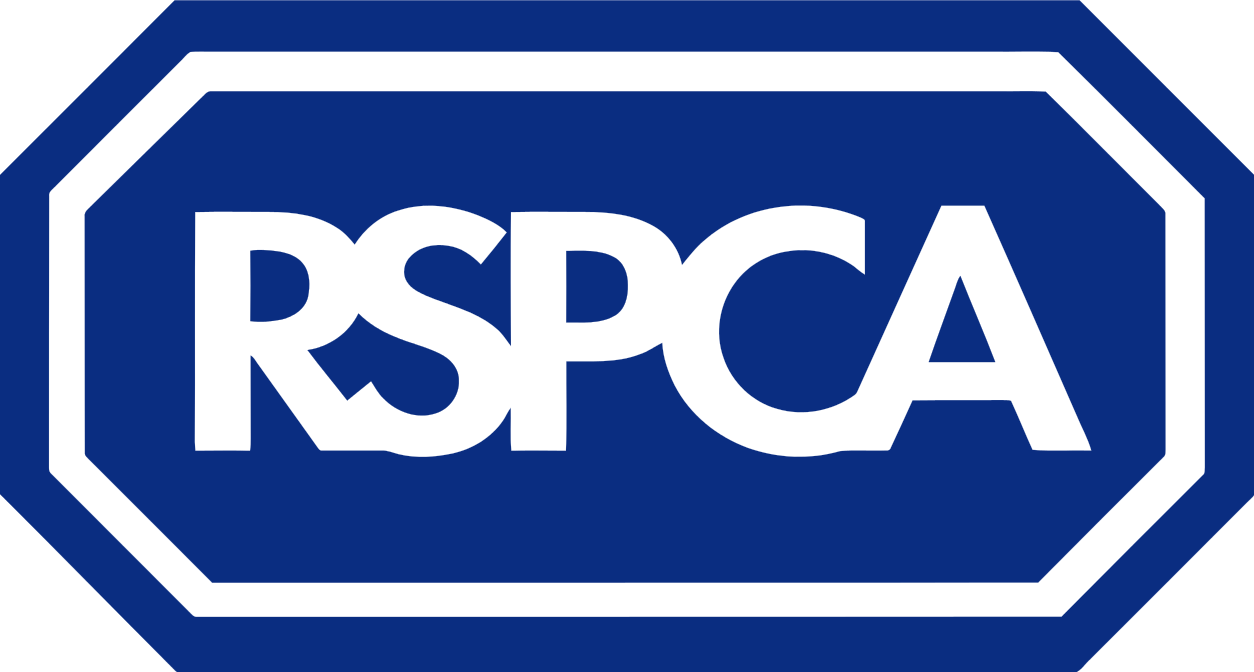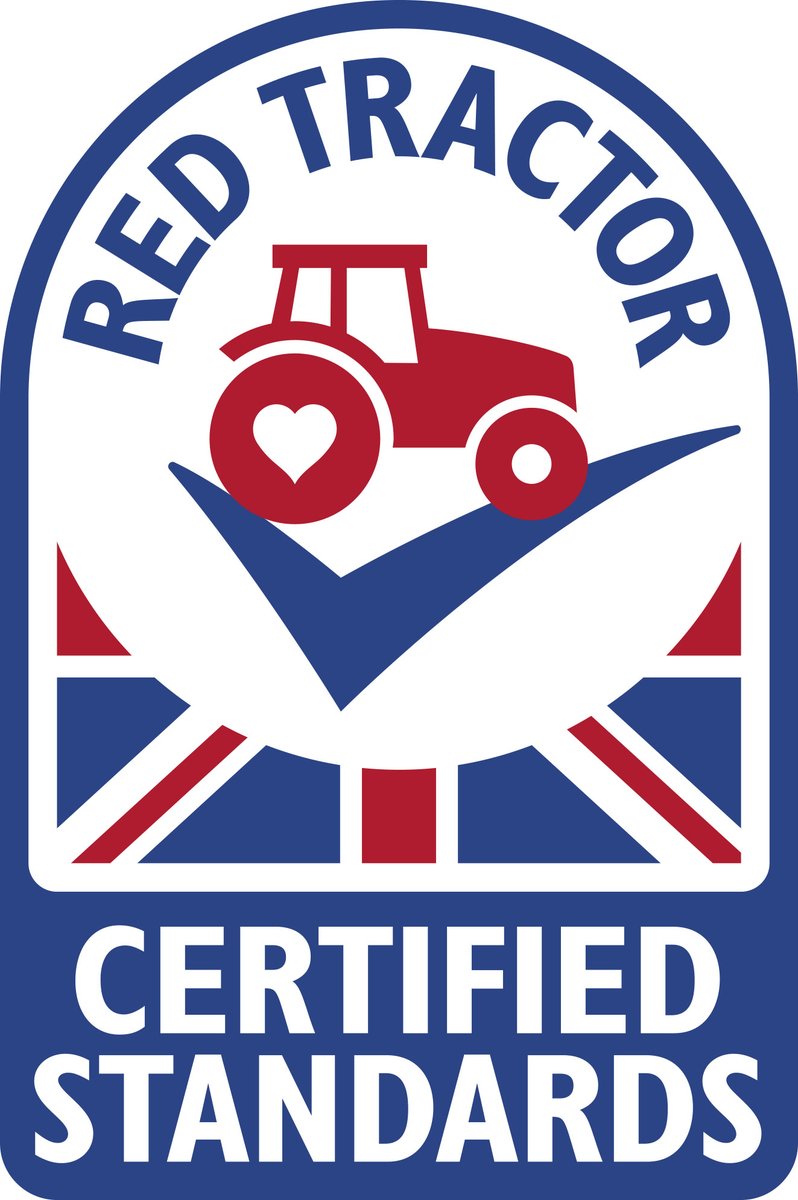About Antibiotic Resistance
History of antibiotics
Antimicrobials and antibacterials revolutionised medicine from the mid-20th century after Alexander Fleming made his amazing discovery of identifying penicillin. But antibiotics themselves are not new, indeed traces of tetracycline (an antibiotic still in use today) were found in skeletons from ancient Nubians (350-550 AD) as well as in the guts of ancient mummies. So for as long as antibiotics have existed, so too has bacterial resistance, but not on the scale that the world is seeing today.
Penicillin was heralded as a miracle drug – as indeed it was and still is – and was used in World War II to treat Allied troops, despite Fleming’s warning that overuse could lead to mutant bacteria. Use of antibiotics in animals first came about post-war.
By the mid-1950s, Fleming’s warning had become a self-fulfilling prophecy as resistance to penicillin in humans had gradually built up due to the wide availability of the drug. By the turn of the millennium the world was aware of the prevalence of antibiotic resistance with the WHO publishing a global strategy for its containment as early as 2001.
The 2014 AMR Review
In 2014, Lord Jim O’Neill’s seminal Antimicrobial Resistance (AMR) Review (https://amr-review.org/sites/default/files/160525_Final%20paper_with%20cover.pdf) was published. The report was commissioned by the UK government to assess the global problem of increasing drug resistance, and put forward a number of actions to address the issue.
What is Antibiotic Resistance?
Antibiotic resistance is a natural phenomenon. Resistant bacteria are found on and in humans, in our environment, on farms, in our homes and on our animals. They are all around us because resistance happens naturally as bacteria defend themselves against attack; resistant bacteria millions of years old have been found in the ice caps and in the frozen remains of woolly mammoths!
Antibiotic use and antibiotic resistance
When an antibiotic is used, bacteria that can resist that antibiotic have a greater chance of survival than those that are ‘susceptible’, and those that are not killed quickly multiply. Some resistance occurs without human action, as bacteria can produce and use antibiotics against other bacteria, leading to a low-level of natural selection for resistance to antibiotics. However, the current higher-levels of antibiotic-resistant bacteria are attributed to the increased use of antibiotics in human and veterinary medicine.
Some bacteria are naturally resistant to certain types of antibiotics. Some mutate to either produce enzymes that ‘deactivate’ antibiotics while other mutations change or close the target area on the bacteria that the antibiotic would normally attack. Some even create mechanisms to push the antibiotic back out of the cell when it attacks. Bacteria can acquire antibiotic resistance genes from other bacteria in several ways. They can transfer genetic material through a simple ‘mating’ process, or through plasmids that ‘reprogramme’ other bacteria to be resistant to antibiotics. They can also pick up stray DNA in their environment or can be infected by viruses.
The spread of antibiotic resistance
Antibiotic resistance spreads as bacteria themselves move from place to place via human contact, for example, through coughing, or contact with unwashed hands, as well as animal contact, contaminated materials and in water, food and the wind. You will find resistant bacteria in the same places you find bacteria – it’s just some of them are resistant.
Useful facts about antibiotics
Use of all growth promoters in farm animals was banned in the EU in 2006. This includes low dose antibiotics, which are still used in many countries globally to increase growth rates in animals, and hormones
Resistant bacteria can be found on almost all surfaces, at work and at home. Studies have found them everywhere from computers keyboards to make-up bags and on public transport. In farming, they are on plants and animals, around large and small farms, in organic and conventional produce, and in pets and horses. This is because resistance develops naturally as bacteria defend themselves against attack from other microbes that produce antibiotics. Resistant bacteria millions of years old have been found in the ice caps and in the frozen remains of woolly mammoths.
Antibiotics are legitimately used in farm animals, under prescription by a vet to treat animal diseases. Farm system type is often suggested by popular media to affect the development of resistance. However it’s the level of use of antibiotics that is the contributing factor – and this is not necessarily linked to farm scale or system.
The use of veterinary medicines – including antibiotics – can sometimes result in low concentrations of the medicine being present within the animal’s system for a period of time. This is usually at a low level – measured in parts per million. Strict withdrawal periods are stipulated for each licensed medicine to ensure that food is safe for consumption when it arrives in the food chain. These are based on rigorous testing regimes, and give time for medicines to be excreted from the animal or fall to a level that will not cause harm or any adverse reaction in humans should they be eaten. This means any medicine residues must be below a safe level l by the time meat or milk can enter the food chain.
Controlled intervention to prevent the outbreak and further spread of disease in infected or carrier animals, based on sound professional examination and advice many sometimes be required. Most British veterinary and farming organisations do not support routine preventative use of antibiotics. Antibiotics must not be used to compensate for poor hygiene or for inadequate husbandry conditions or where improvements in animal husbandry could reduce the need for antibiotic treatment.
Oral treatment of groups of animals through their feed or water can be the most effective treatment method in some farm scenarios. Catching and injecting individual animals can be very stressful to the animal. In-feed or in water medication may therefore provide the most practicable option in many cases. It should be up to the vet and the farmer to decide the optimum way to administer medication, which remains under veterinary control or prescription.
In the UK, a medically qualified doctor or veterinarian must prescribe antibiotics for the general public, pet owners or farmers to be able to obtain them. In farming, the vet has a responsibility to check whether antibiotics are required and the health of the animals involved.
Antibiotics are important medicines and if an animal requires veterinary treatment in the form of antibiotics, then it is important that the animal gets that treatment. RUMA supports responsible and prudent use of antibiotics – as little as possible, as much as is necessary – so we should seek to use them only when they are needed, in the right way and in the right dose. Their use should not be stopped completely as this would compromise the health and welfare of the animals. The UK farming industry has embraced the responsible use of antibiotics, and UK sales of antibiotics for food producing animals show reductions of 55% since 2014. This means the UK is one of the lowest users of antibiotics to treat farm animals in Europe.
SIGN UP TO THE MONTHLY E-NEWLSETTER FROM RUMA
RUMA Members


























